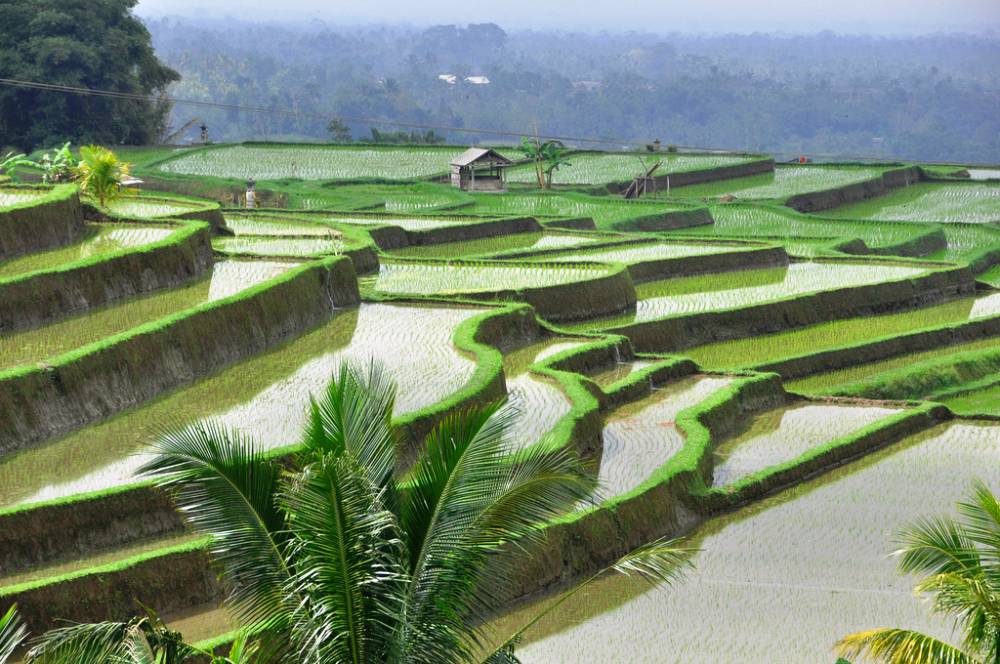Vineyards in Denmark? Not your
everyday sight. With a mild to
relatively cold climate, with long, dark, and cold winters, you wouldn’t expect
many vineyards to be successful in this Welfare State. Especially with the behemoth brewery
Carlsberg, one might not think wine was very popular here. However, to my surprise, wine consumption in
Denmark is actually higher than beer consumption, with consumption levels at
48% for wine and only 38% for beer!

The past week we went to Kelleris
Vineyard, located outside of Copenhagen in North Zeland, an area close to the
Øresund coast. The winery is owned by
Susanne and Søren Jensen, where Søren showed us around, told us about wine’s
history in Denmark, and let us taste some of their award winning wines!
Søren discussed how they are able
to grow grapes in a colder climate. One
key factor was the process of crossbreeding certain vitis strains that allow
hybrid plants to have a quicker maturation so cultivating can happen before the
cold.
He also elaborated on the history
of winemaking in Denmark; a very short history that is. Danish wine has been a developing wine industry
since the 20th century and production wasn’t legalized until 1999. Viticulture has continued to increase in
Denmark ever since then. In 2006, there
were twenty vineyards in the country who together produced around 40,000
bottles of wine. Today there are a
little over 100 vineyards and they continue to produce good and consistent
wines.
Wine emerged and became popular in
Europe with the expansion of the Roman Empire throughout the Mediterranean,
when many major wine producing regions that still exist today were
established. The Greeks, as well, were
one of the major civilizations that involved wine in their culture. Dionysus, the Greek god of wine, represented
not only the intoxicating power of wine, but also its social and beneficial
influences.
Wine has evolved as part of
European life, culture and diet since the time of the Ancient Greeks and Romans. As wine production became progressively
refined, its popularity increased, and wine taverns became common features in
cities throughout Europe. The role of
wine has changed from an important source of nutrition to a cultural complement
to food. Viticulture and winemaking as a
whole have also evolved. While wine
still remains a natural product made almost solely from grapes, new
technological innovations have provided better hygiene and control of the
production process.
Check this site out! http://vinepair.com/wine-colonized-world-wine-history/
Photo Sources:
http://coast-to-coast.dk/wp-content/uploads/2014/04/Kelleris-Ving%C3%A5rd-2.jpg
https://alisonmeetsworld.files.wordpress.com/2013/09/dsc_0005.jpg?w=520&h=348
http://media.trb.com/media/photo/2013-03/74909011.jpg





.jpg)



